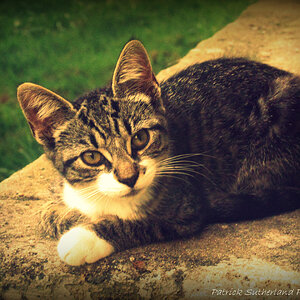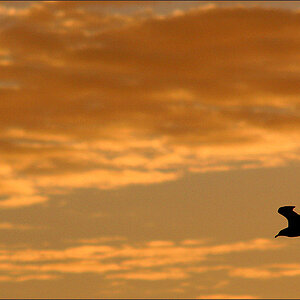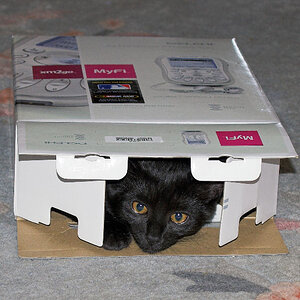hurd300403
TPF Noob!
- Joined
- May 7, 2008
- Messages
- 43
- Reaction score
- 2
- Location
- Washington, DC
- Website
- www.press.org
- Can others edit my Photos
- Photos NOT OK to edit
Hey all,
So, I've finally been published in the WSJ. The photo is of a pretty straight forward press conference, and I'm definitely happy with what was chosen from a composition stand point. So I go online to take a look and BAM the photo is over exposed and white balanced improperly. It has CLEARLY been changed from what was submitted from me. So, I go buy a print copy and BAM the black and white version is still a bit over exposed. Now, I know that the version i submitted had proper exposure and white balncing so it's something they must have changed...probably to fit their web colors/ink setup, but it still looks not so good.
My question to other photographers who have had print published work...do you do anything to compensate for certain industry standards? Many other photos in the WSJ look perfectly fine.
Thanks! Sorry if it's a dumb question...it's my first big time publication.
So, I've finally been published in the WSJ. The photo is of a pretty straight forward press conference, and I'm definitely happy with what was chosen from a composition stand point. So I go online to take a look and BAM the photo is over exposed and white balanced improperly. It has CLEARLY been changed from what was submitted from me. So, I go buy a print copy and BAM the black and white version is still a bit over exposed. Now, I know that the version i submitted had proper exposure and white balncing so it's something they must have changed...probably to fit their web colors/ink setup, but it still looks not so good.
My question to other photographers who have had print published work...do you do anything to compensate for certain industry standards? Many other photos in the WSJ look perfectly fine.
Thanks! Sorry if it's a dumb question...it's my first big time publication.


![[No title]](/data/xfmg/thumbnail/37/37113-886cb28b1e3fb197bdd00a9148269407.jpg?1619737882)

![[No title]](/data/xfmg/thumbnail/31/31038-84f0b9d14b7ced20e61bc19a9d4dfcc2.jpg?1619734581)
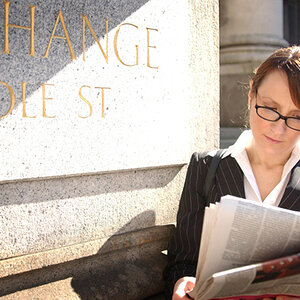
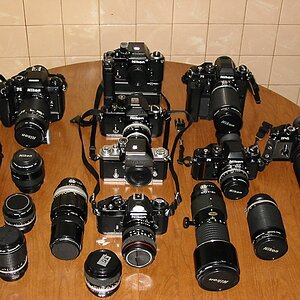
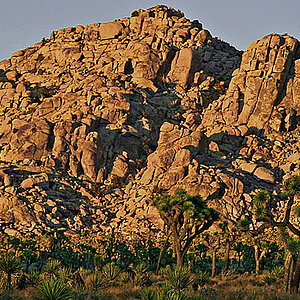

![[No title]](/data/xfmg/thumbnail/31/31041-5783ca3812325c3201a2dd513def662d.jpg?1619734584)
